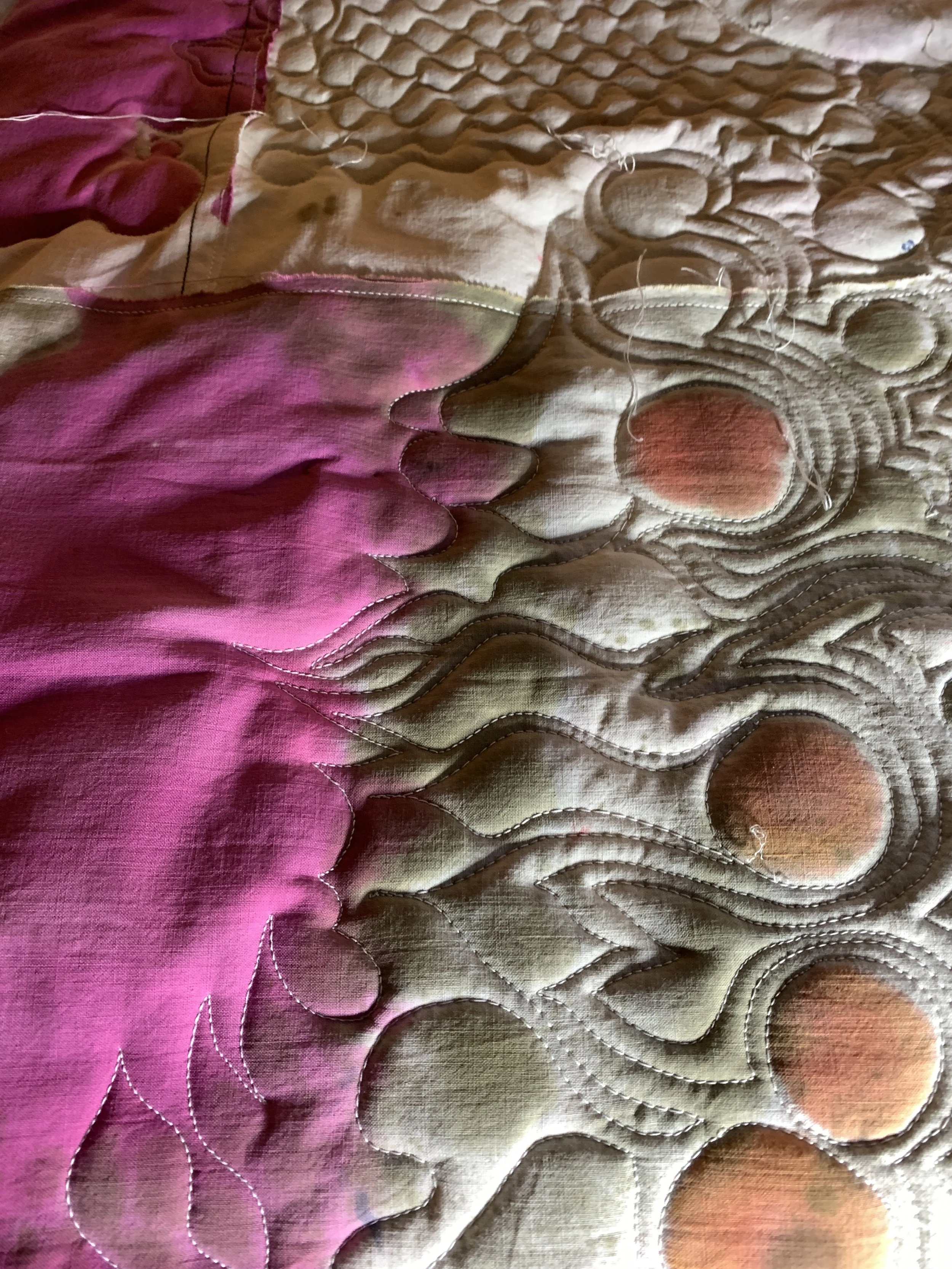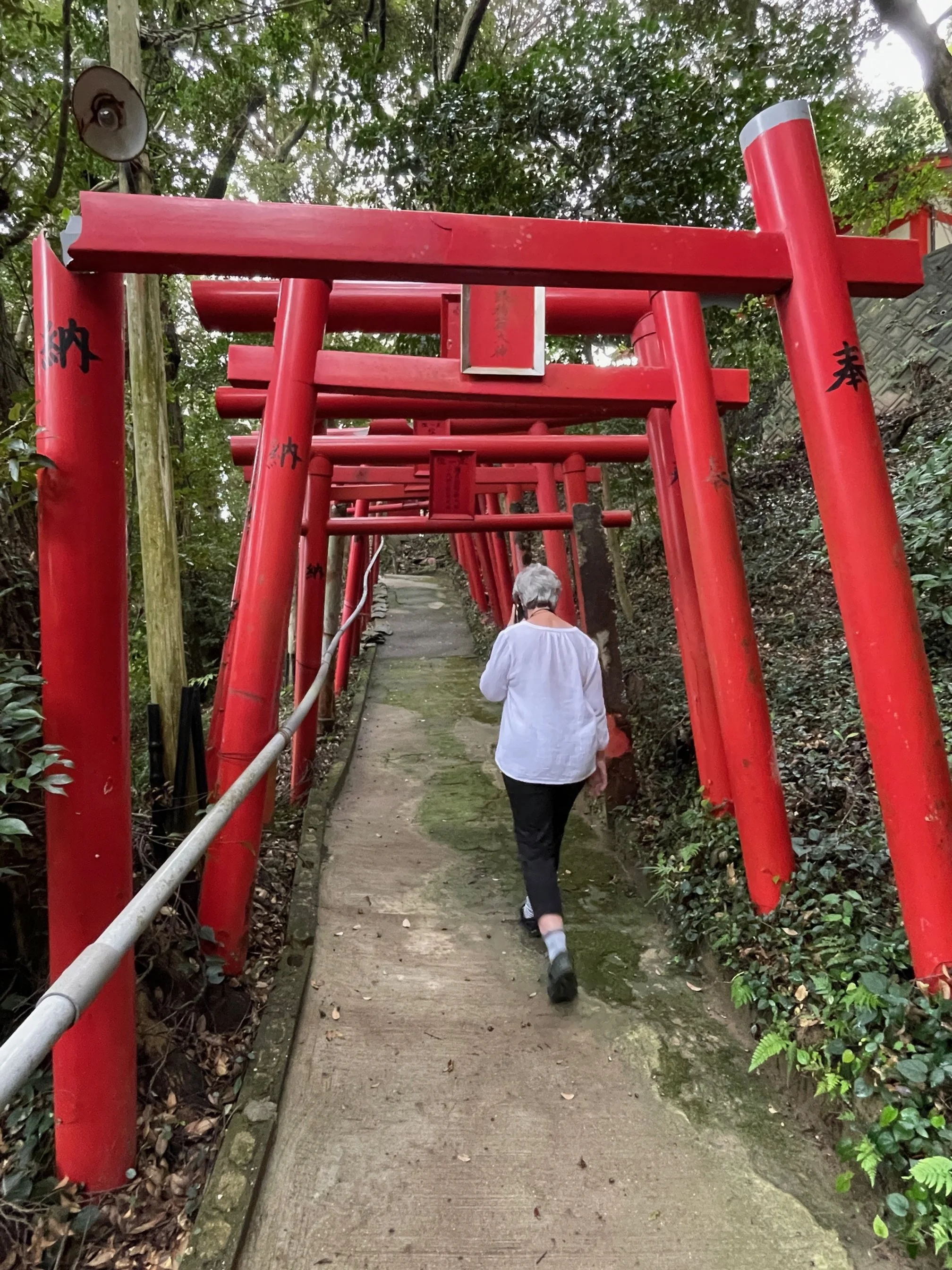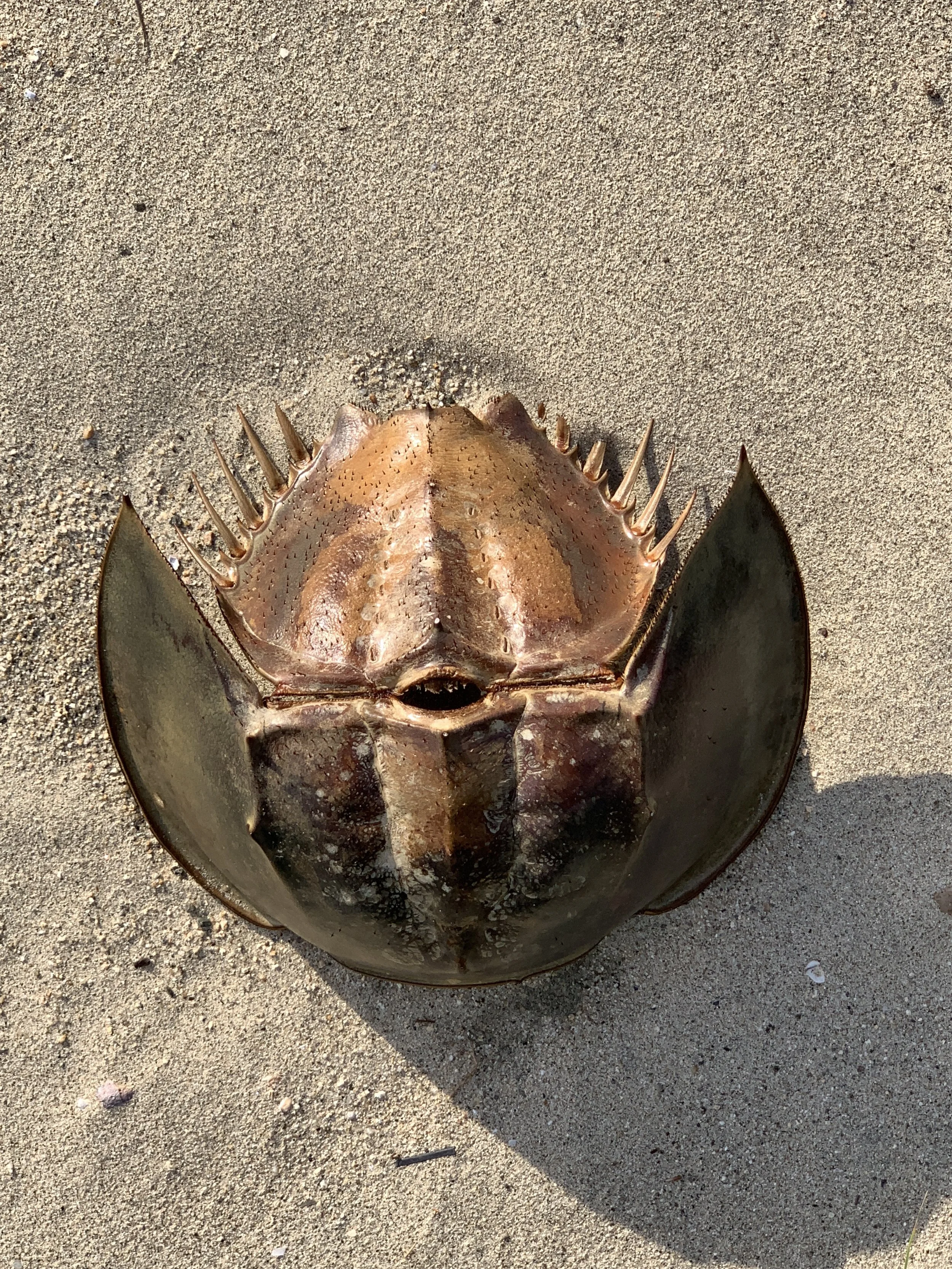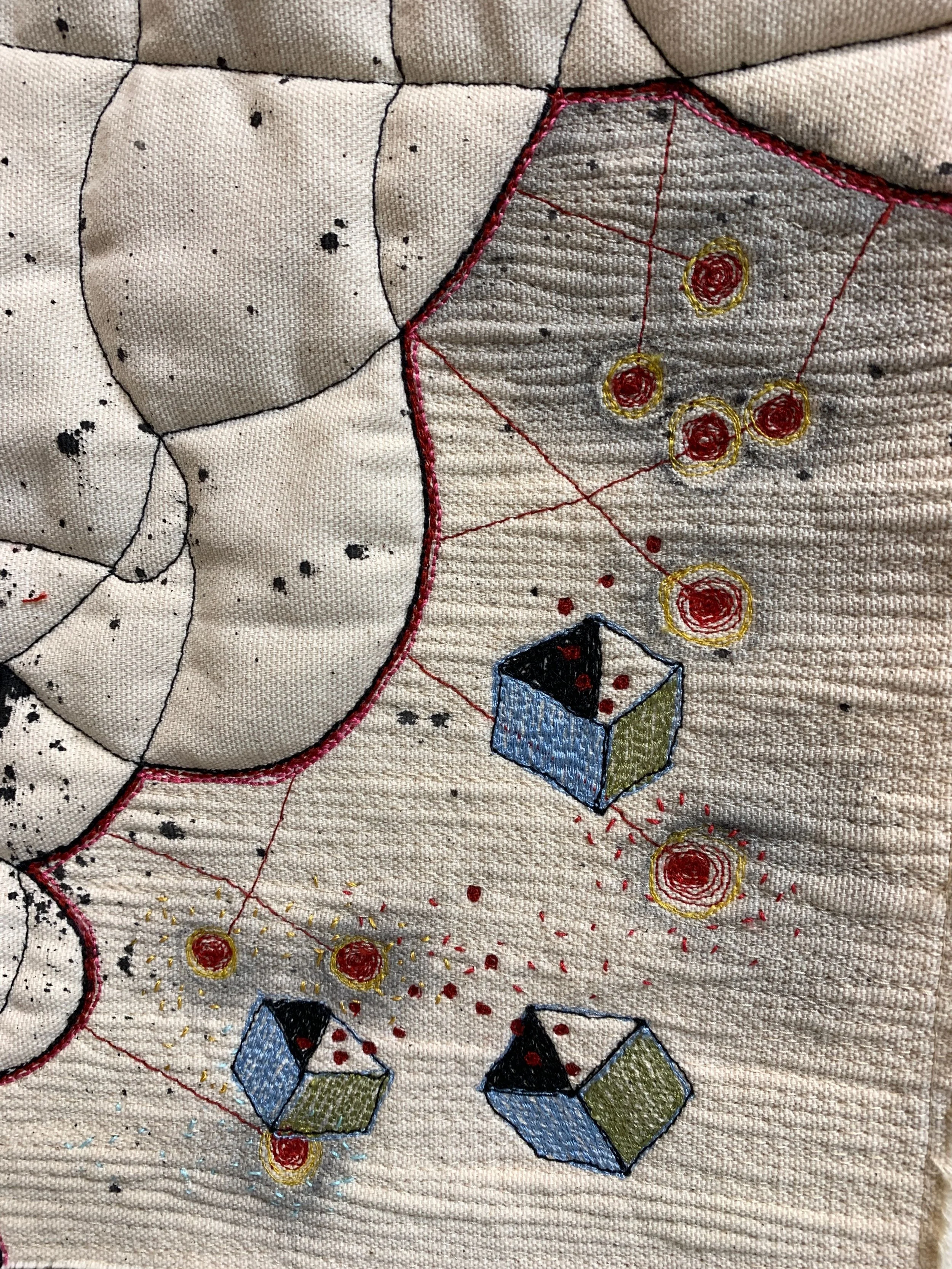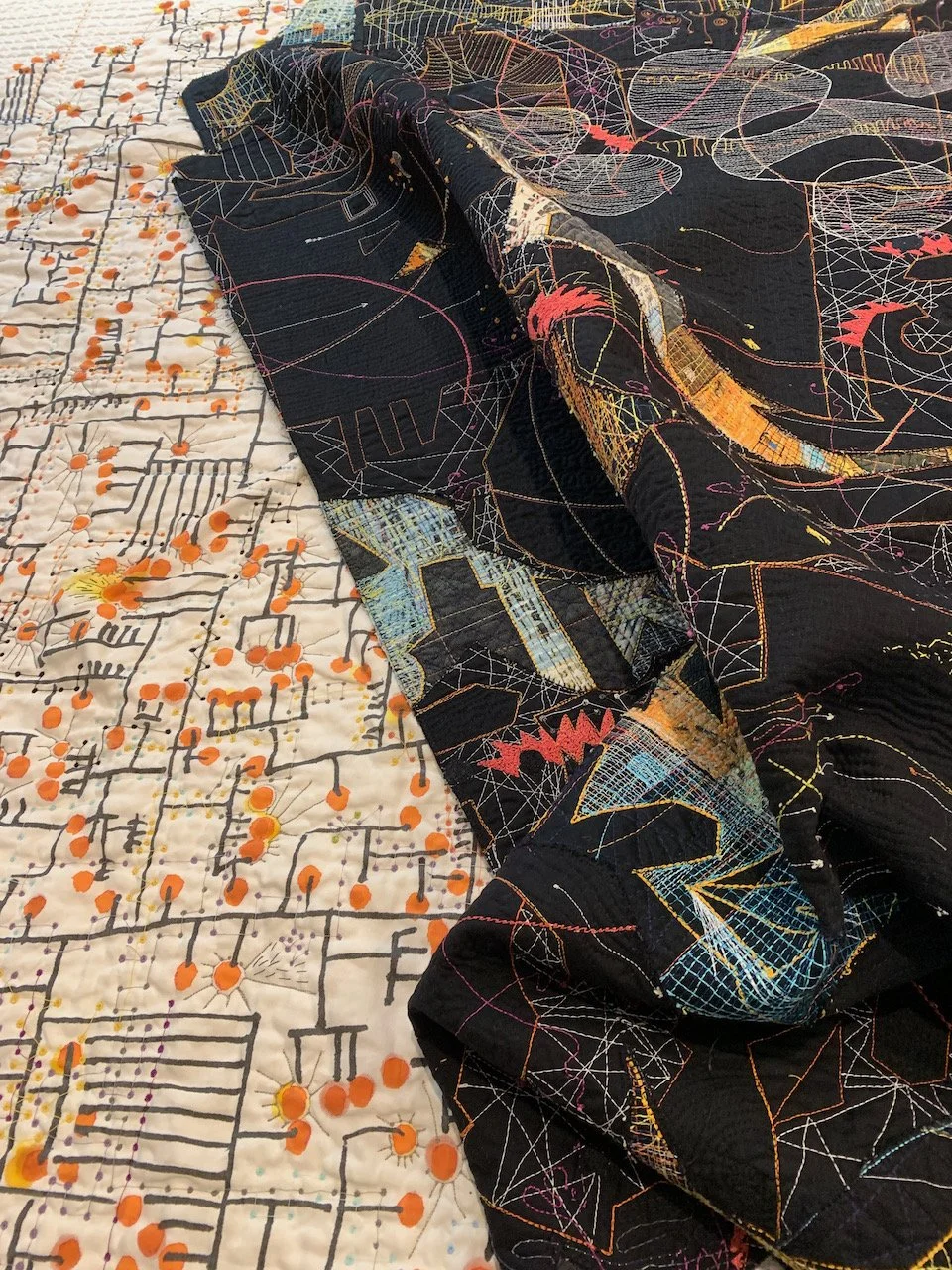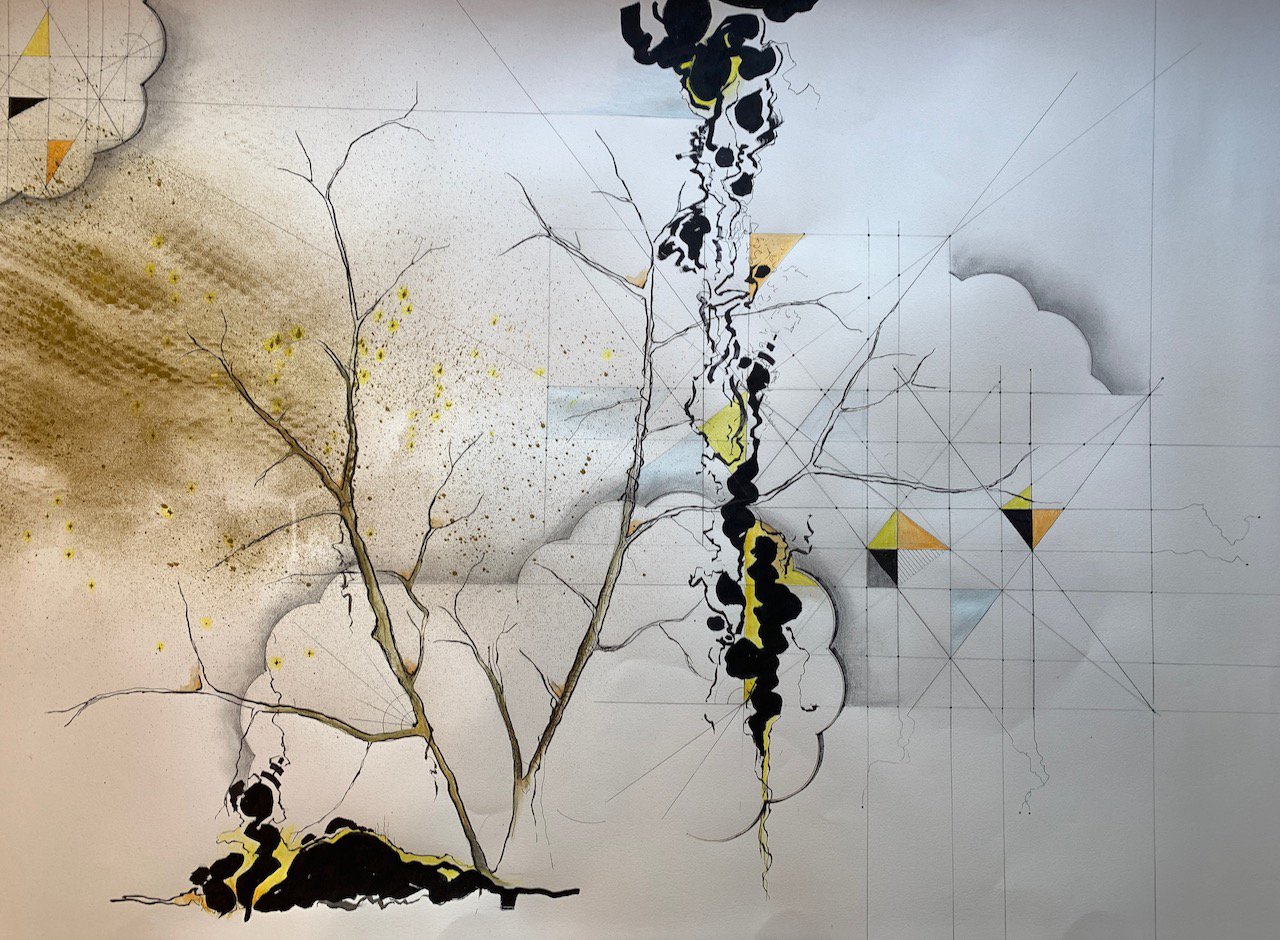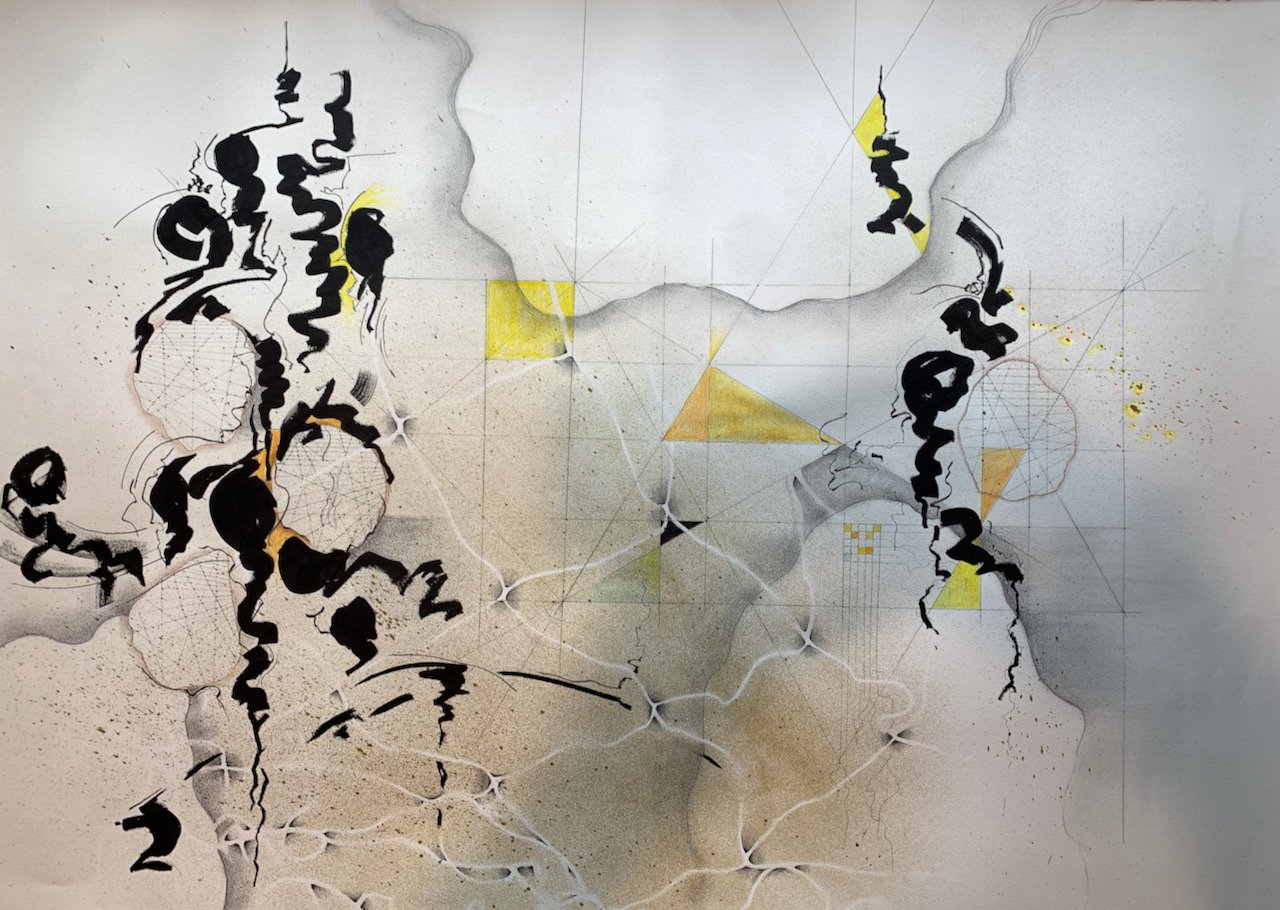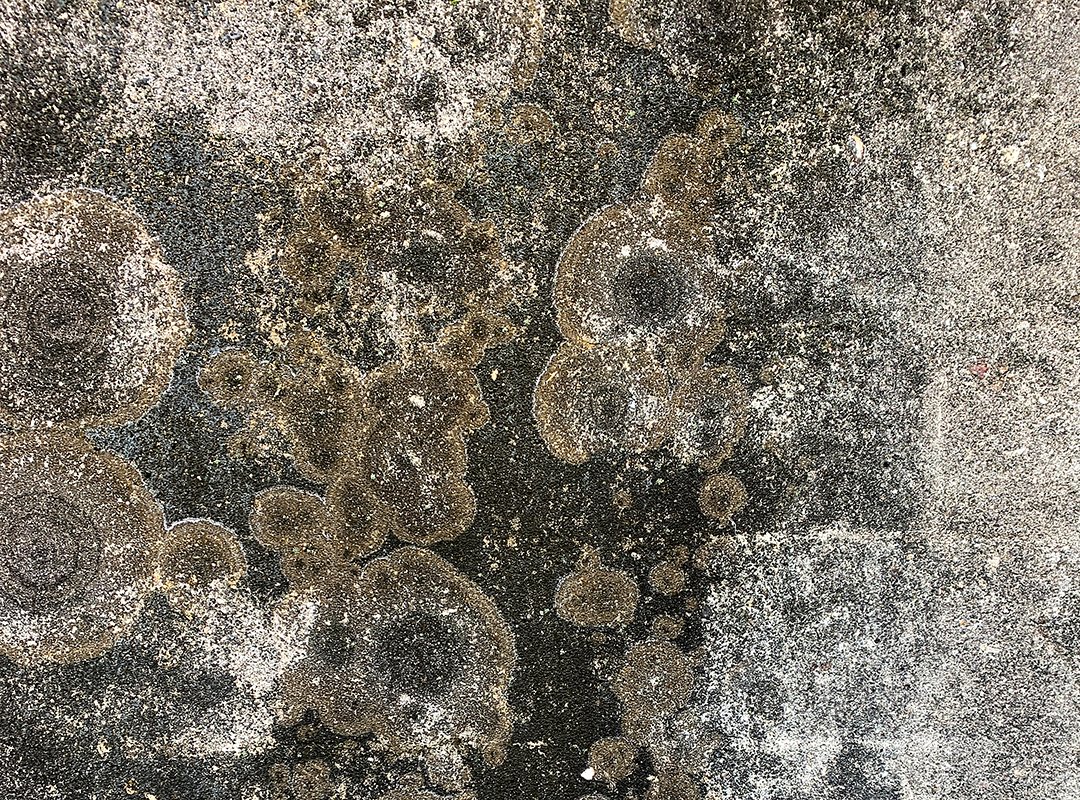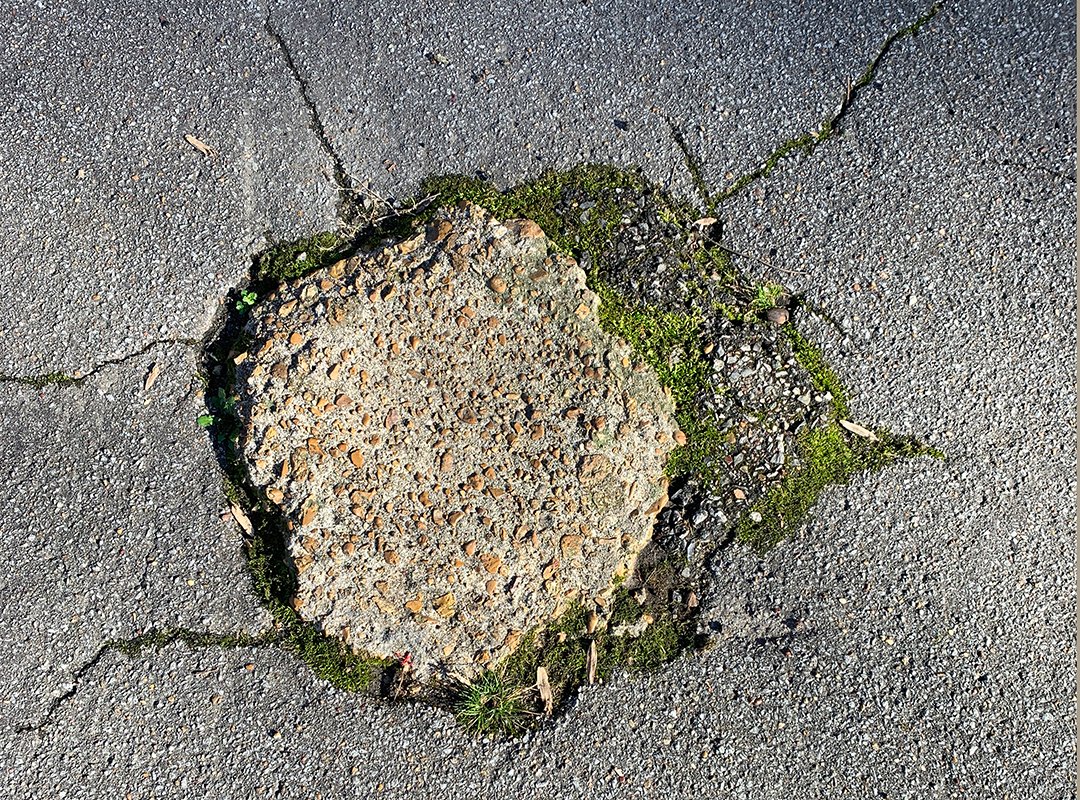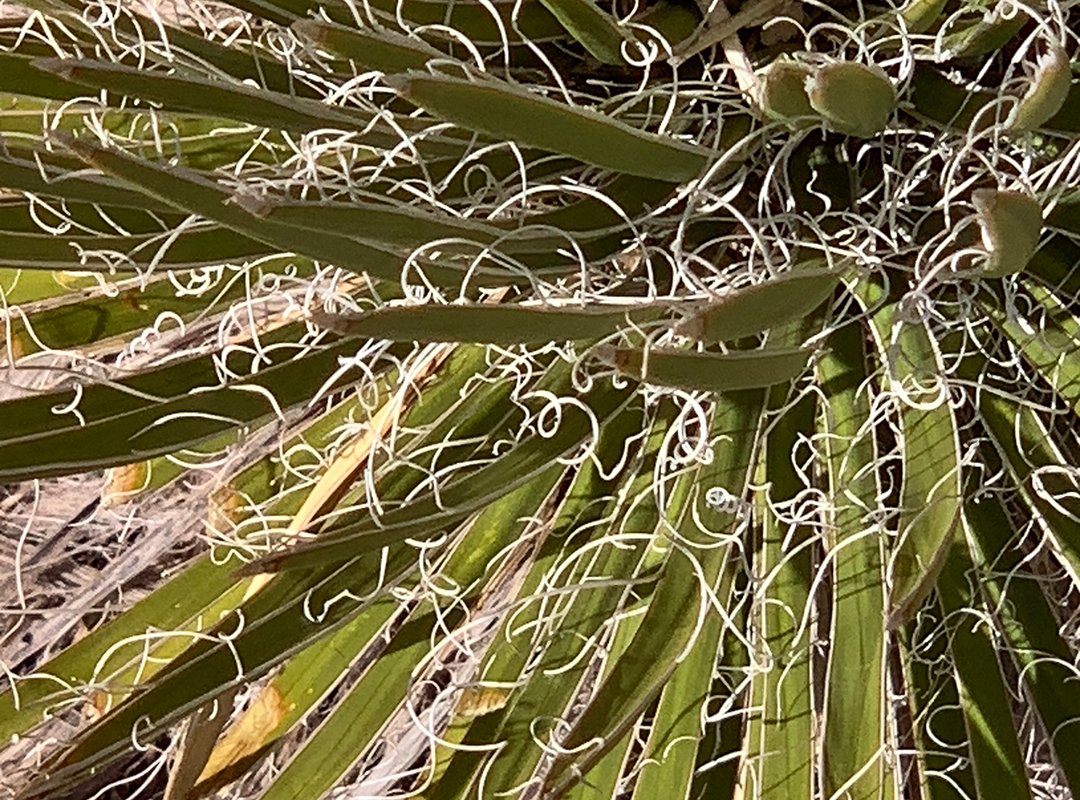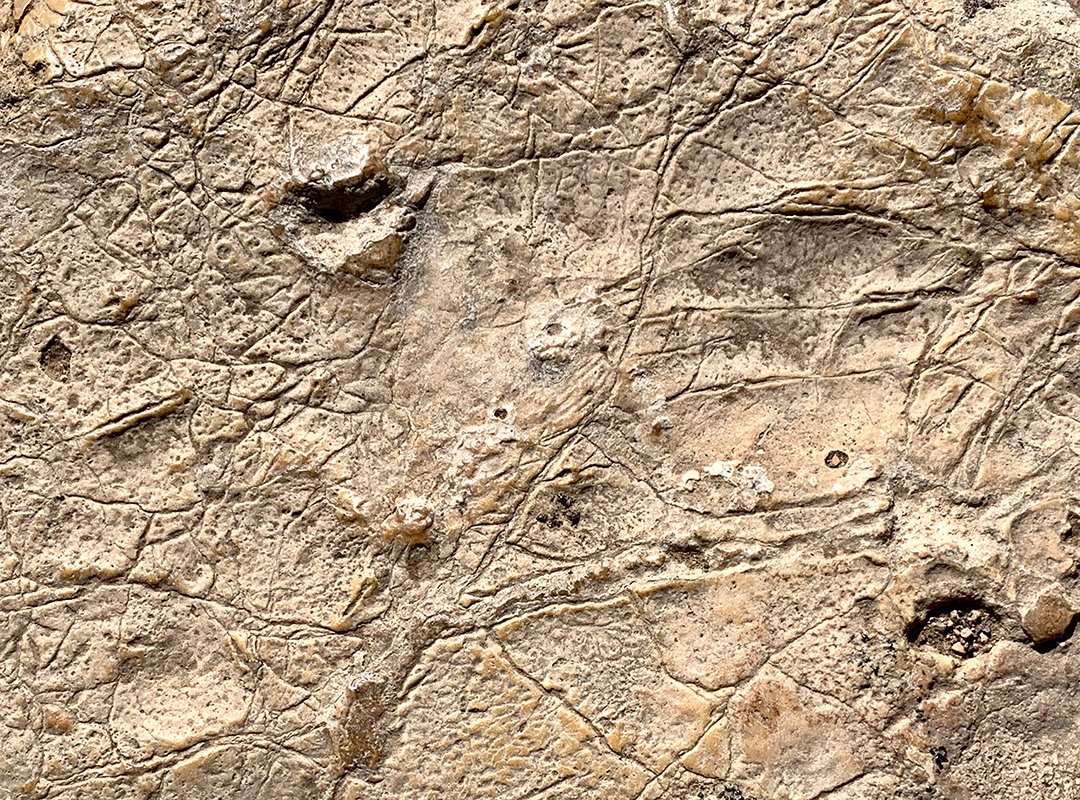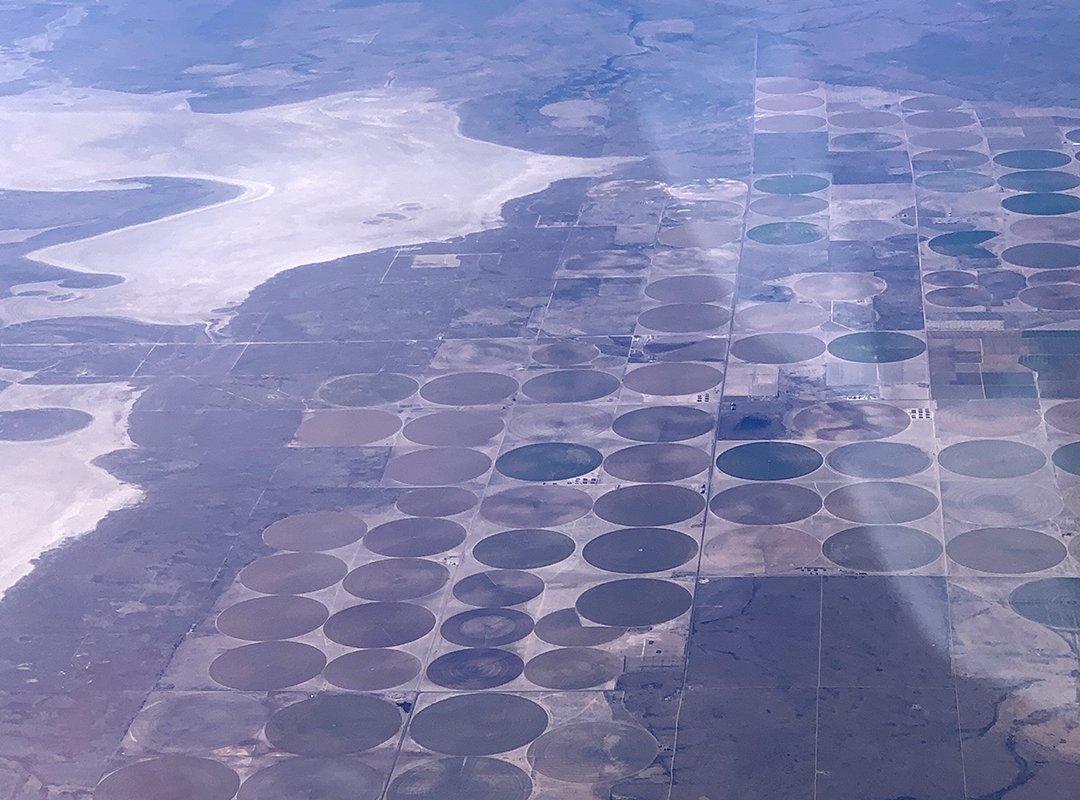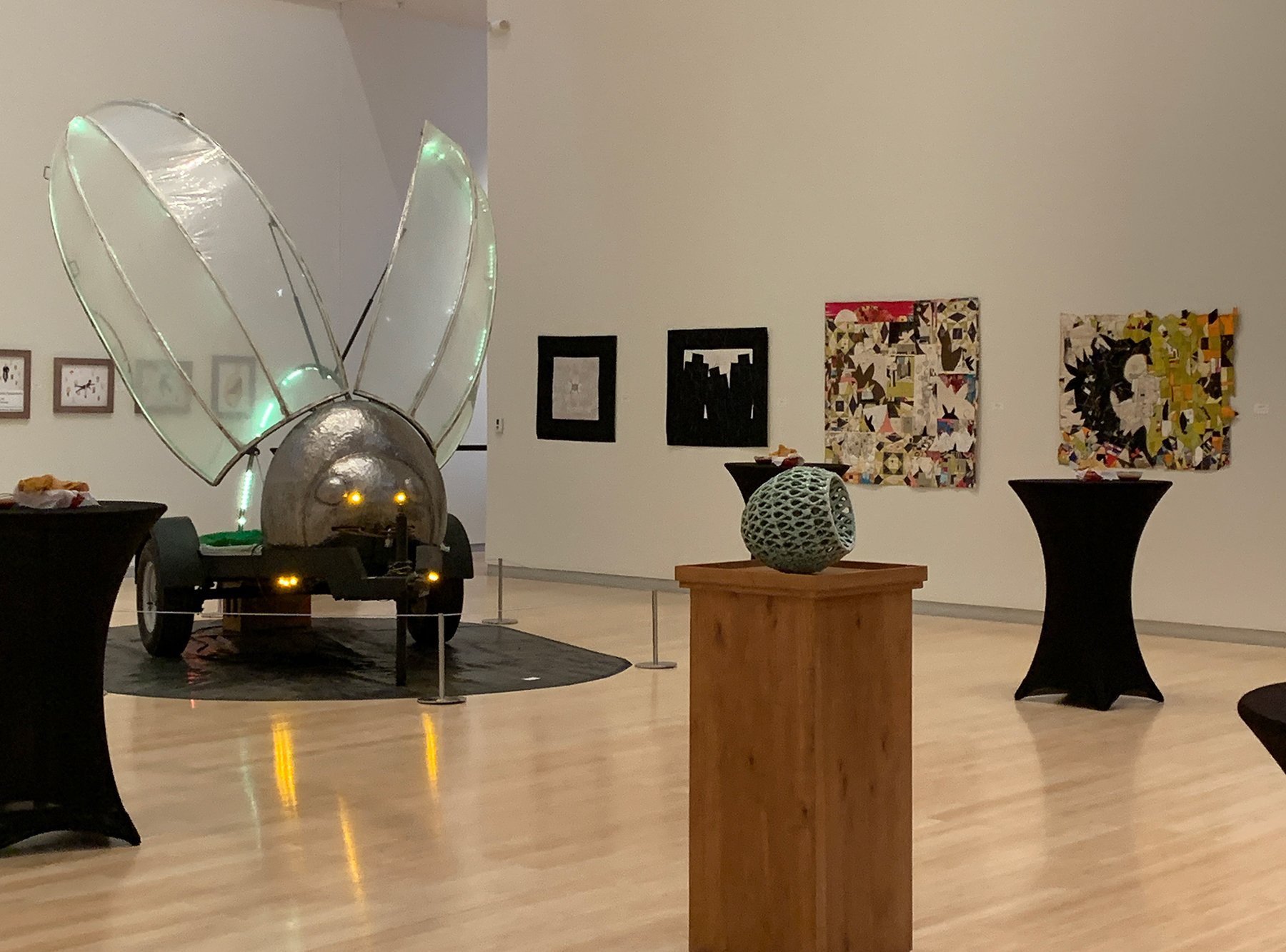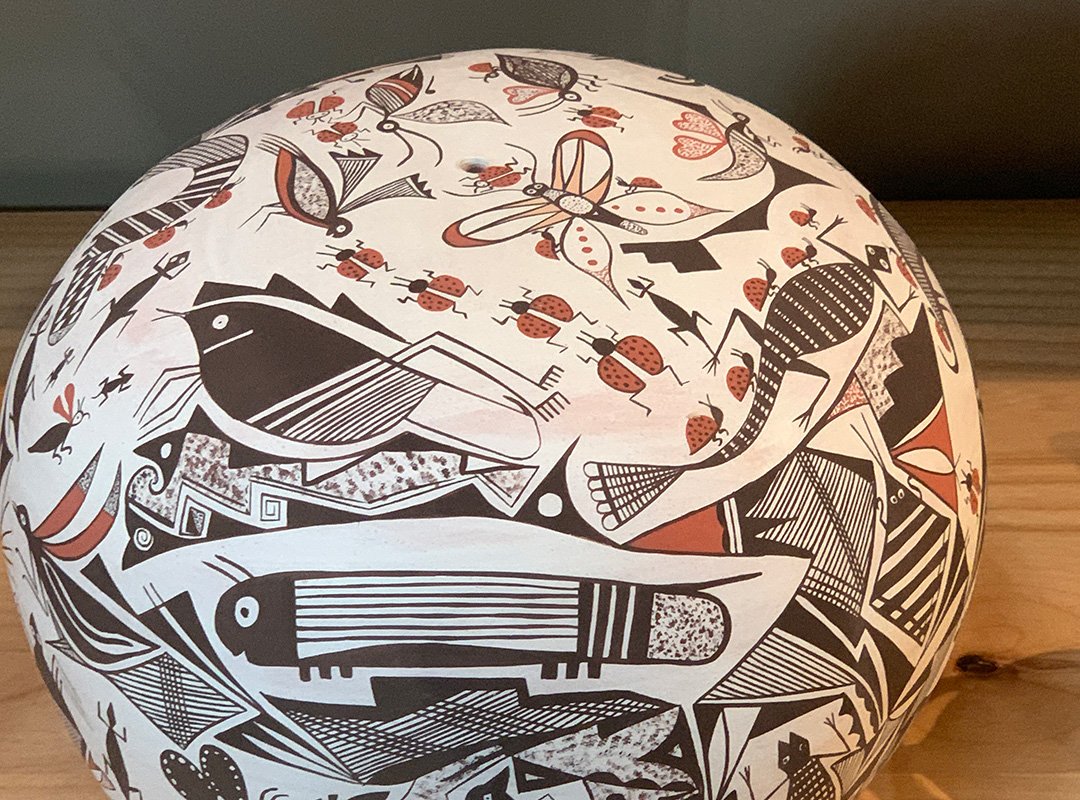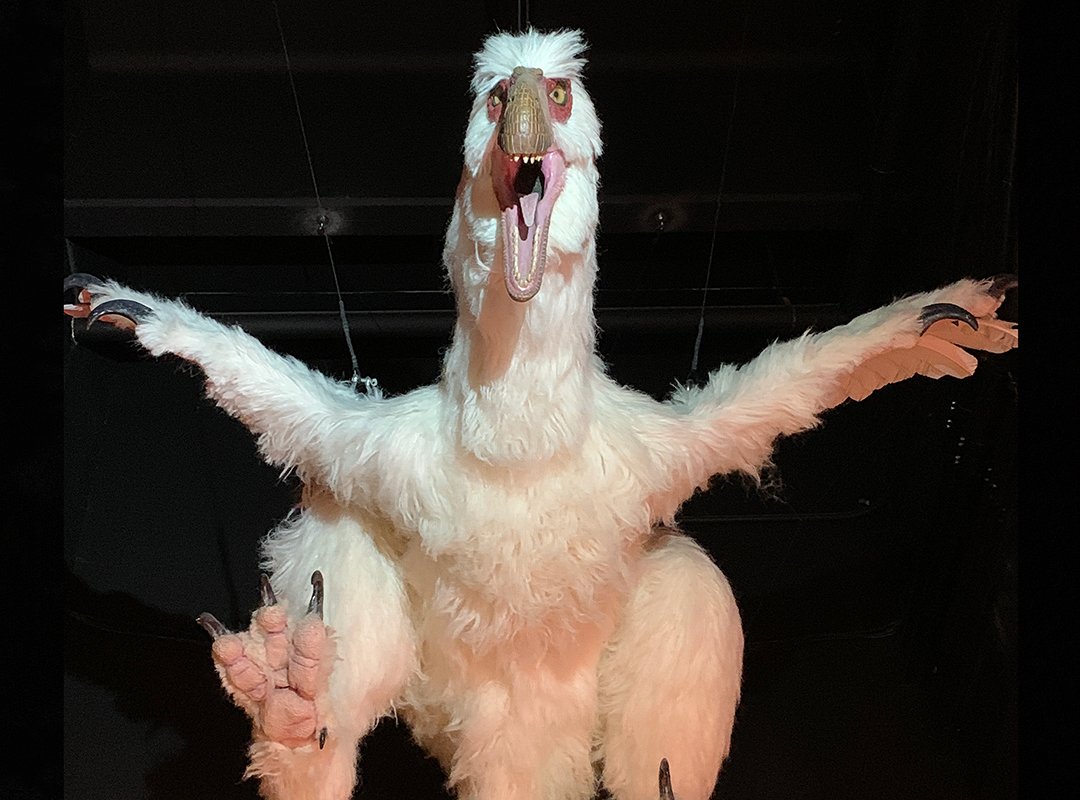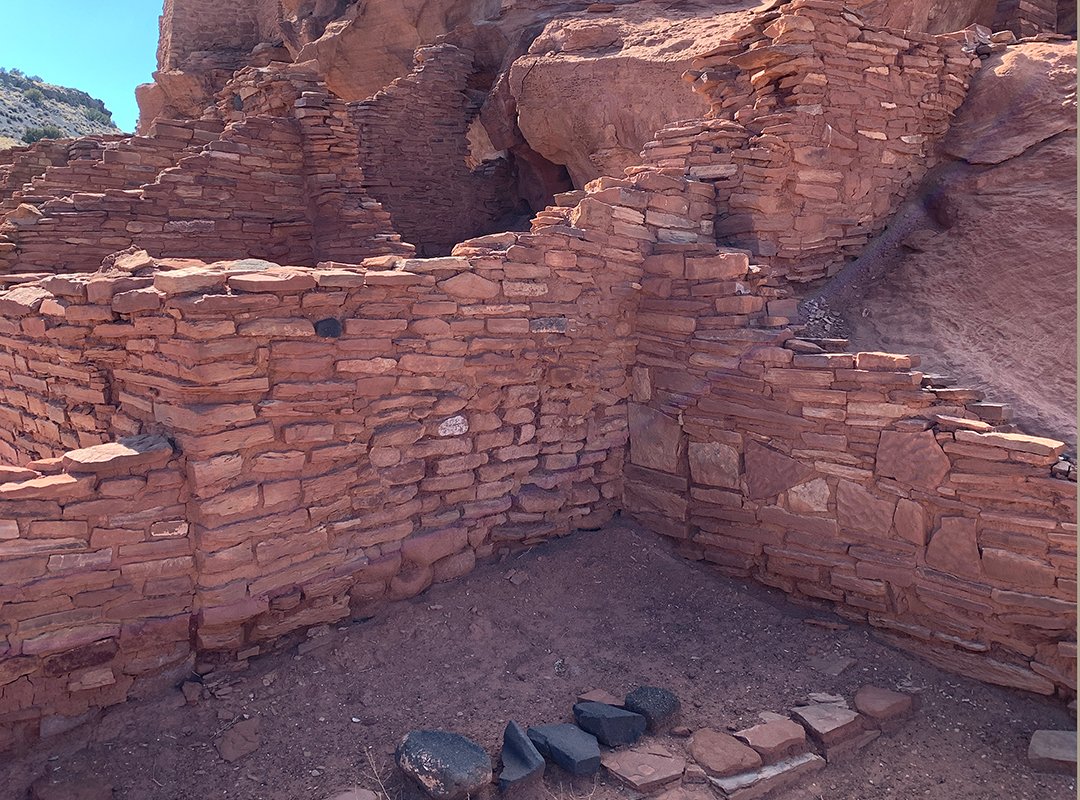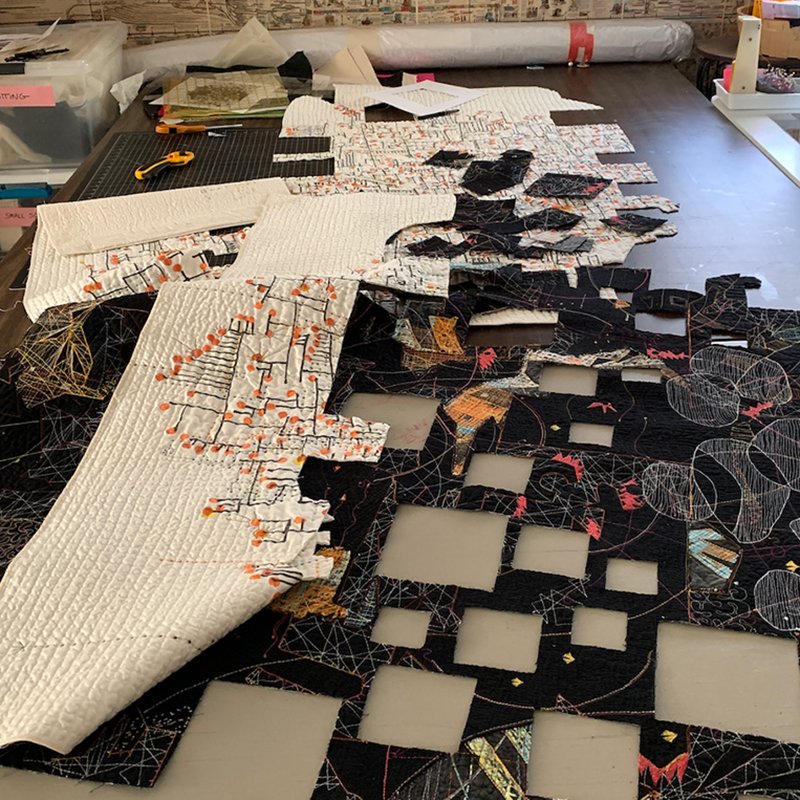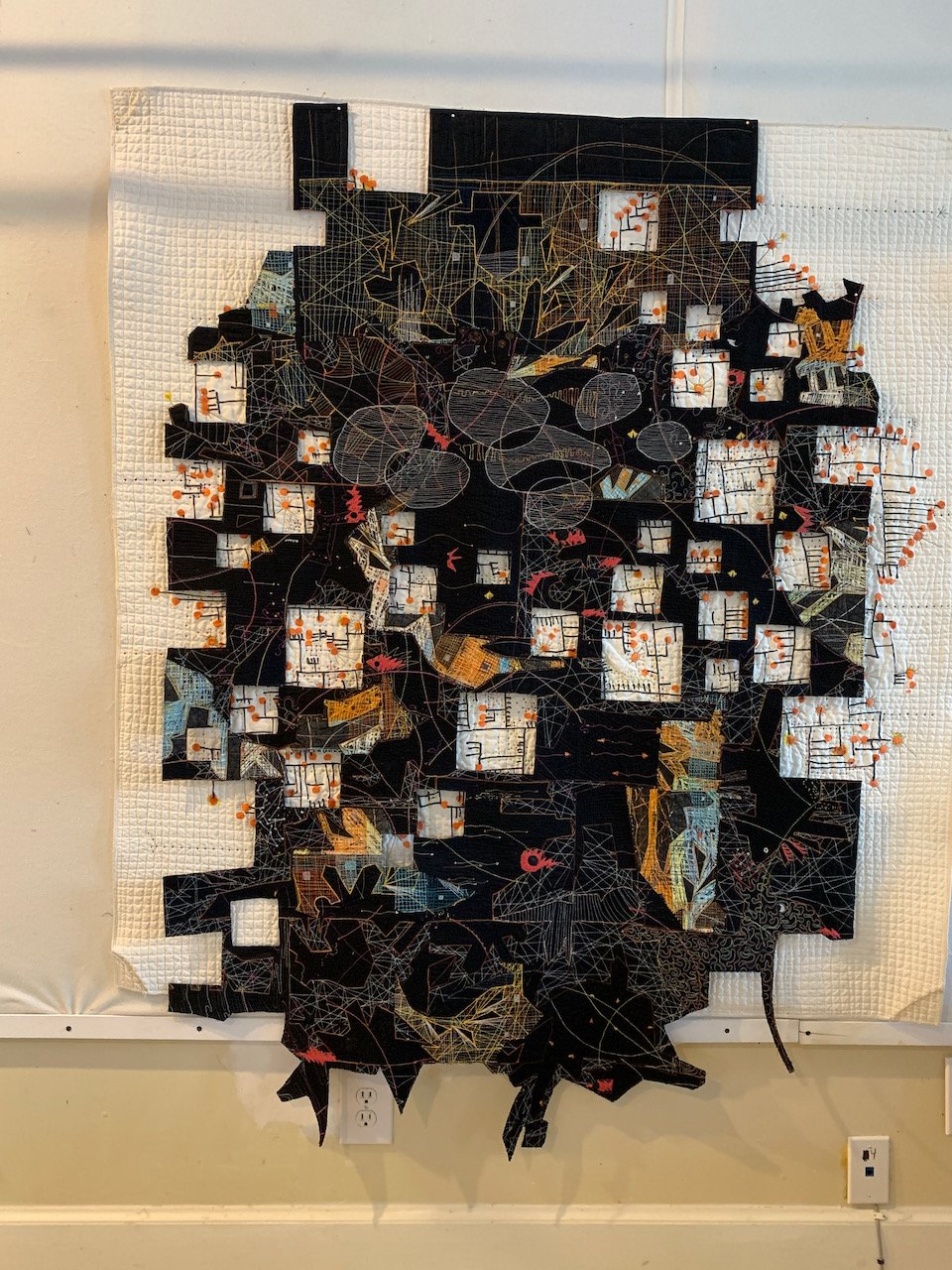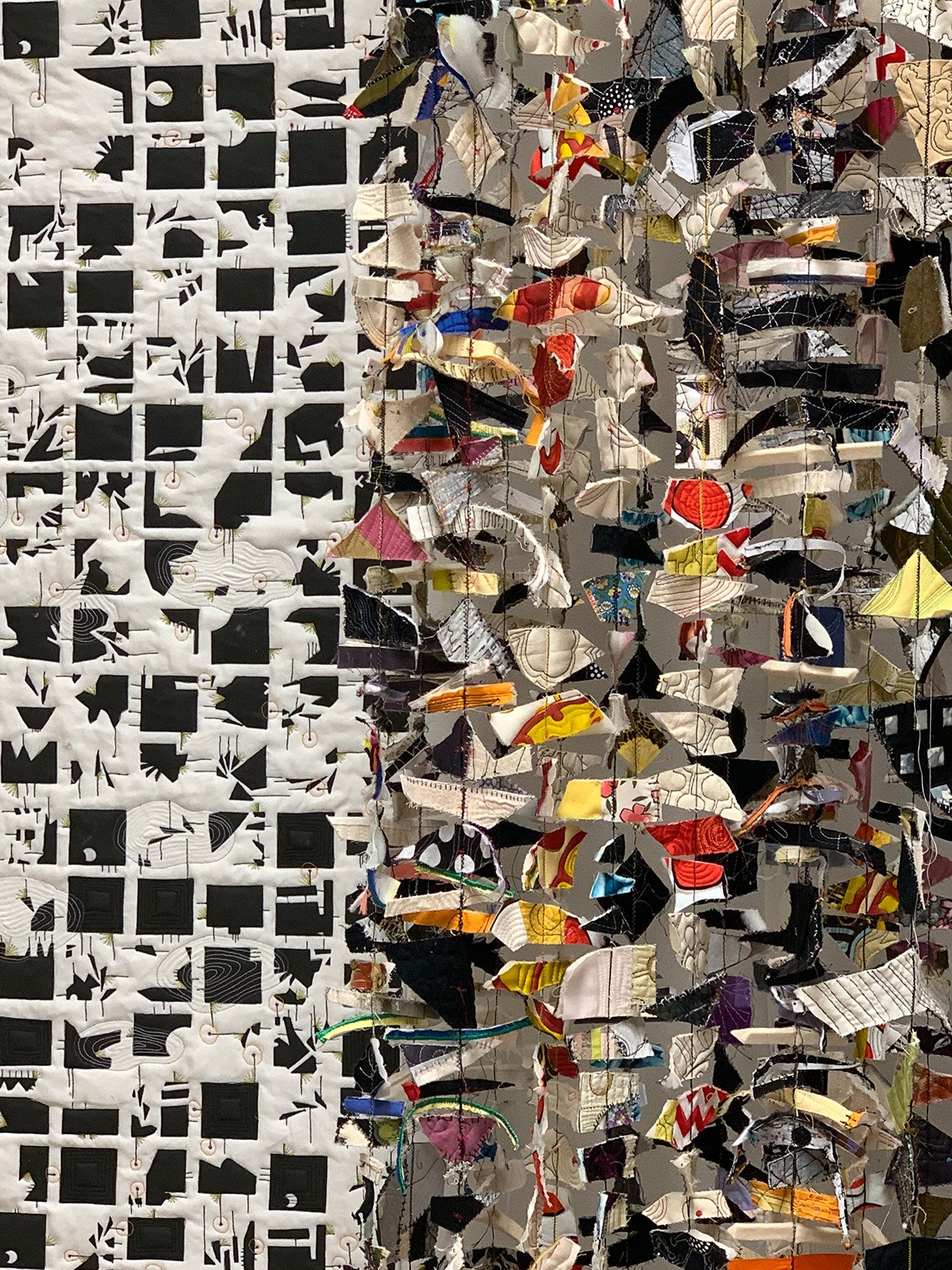I spent the last two weeks at the Hambidge Center for Creative Arts & Sciences, an artist residency program in northeast Georgia in the beautiful Blue Ridge mountains. The center is intentionally rustic, each of eight studios have no wifi and no cell service. There were writers, musicians, painters and ceramic artists there while I attended. We ate together at the Rockhouse pictured here.
My studio, the Son House, was located down the road from the main facility, surrounded by the forest.
I woke up every morning to the pecking of a woodpecker outside my door. My daily schedule included reading, hiking and experimenting. During the first week I spent most of my time hiking. The Center has a number of well marked trails through the woods with streams, waterfalls and overlooks. Just splendid. My phone served as a record keeper of the fantastic textures, details and drama I walked through each day.
We had two days of rain when I was able to focus on my work instead of ambling around in a daze. I did some painting, some origami, some stitching, some drawing, some wrapping. I learned a little about Dynamic Symmetry—the law of natural design based upon the symmetry of growth in man and in plants originally theorized by Jay Hambidge back in the early 20th century. I used his dynamic rectangle diagram as a starting point for these drawings.
I brought my black locust thorns project with me as a meditation. These thorns are very sharp and require concentration and calm when I wrap them. The thread comes from my work. I wrapped a thorn each day. I think I have accumulated about 30 wrapped thorns so far.
Here’s what I learned from this residency:
go with no expectations
pay attention to the silence
work if you are inspired but don’t work if it feels forced
Most of the stitching I did while at Hambidge was a mess. I had to let go of my goal-oriented mindset to be able to find a new rhythm.
I’ll miss the silence in these woods, the fresh mountain air, the emerging life. The experience was a gift to my cluttered mind. It opened up some fresh thoughts.
Books I read while there:
The Pioneers: The Heroic Story of the Settlers Who Brought the American Ideal West by David McCullough (18th century pioneers travel down the Ohio river. The politics and policies behind the expansion to the west is told through diaries)
The Dry by Jane Harper (a mystery set in drought stricken Australia about an unsolved death of a teenage girl.)
Gilead: A Novel by Marilynne Robinson (a moving and intimate letter from an Iowa preacher and father to his son as a last revealing message before he dies)
One of several new forms I made while experimenting with shape.





